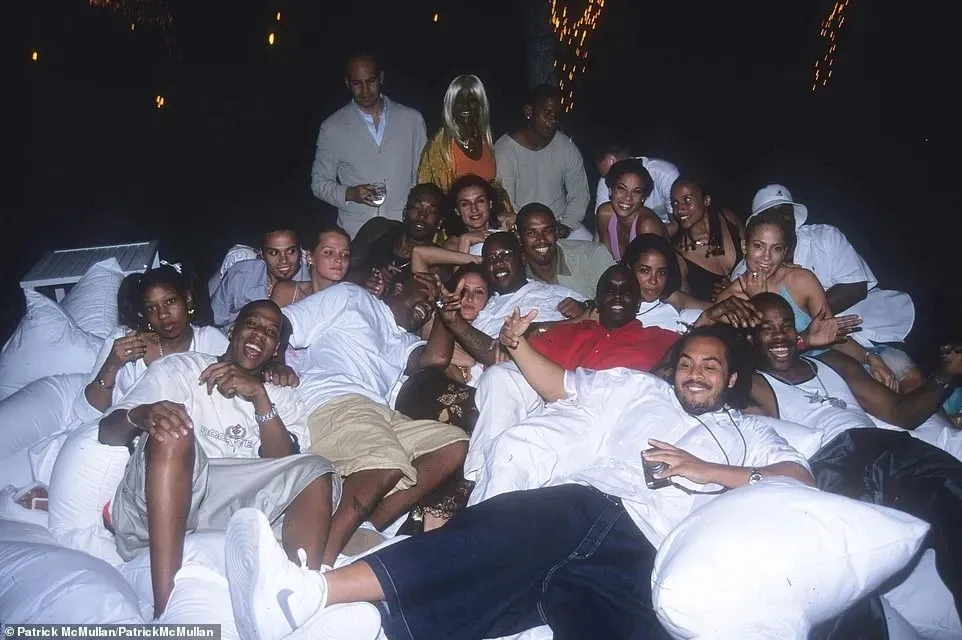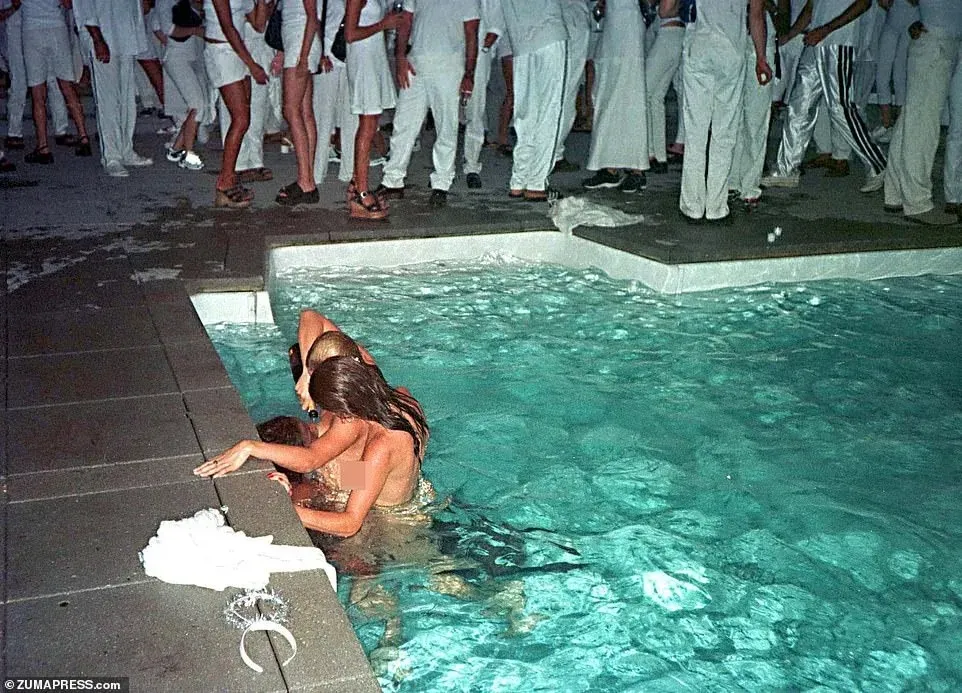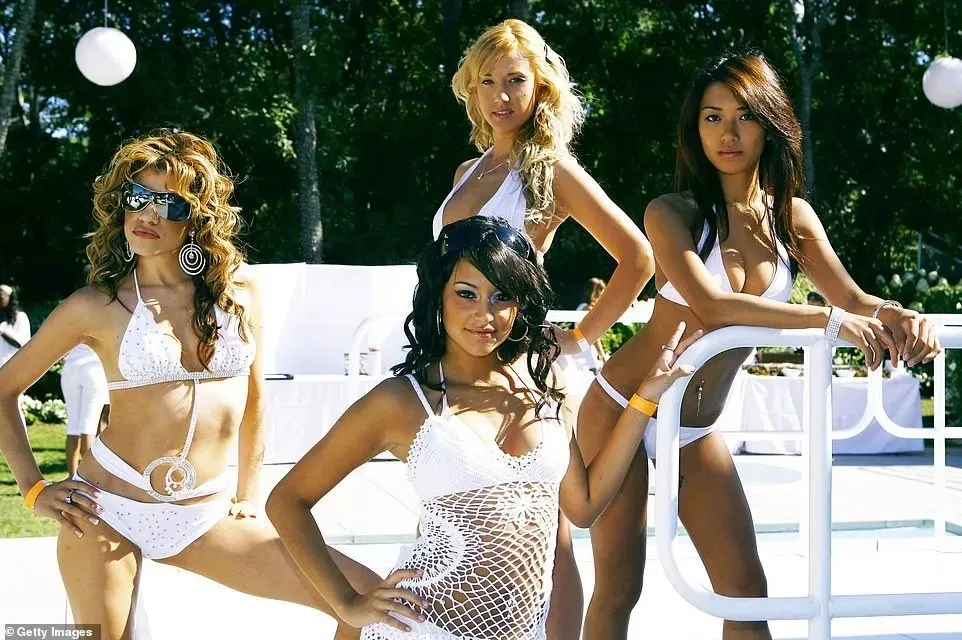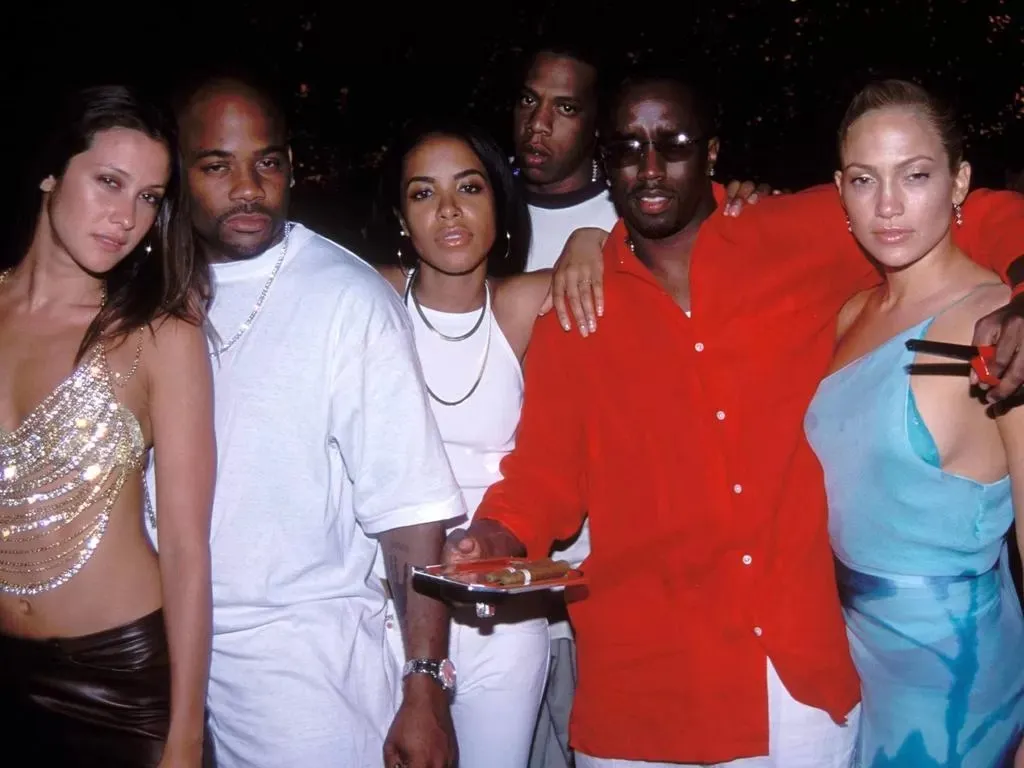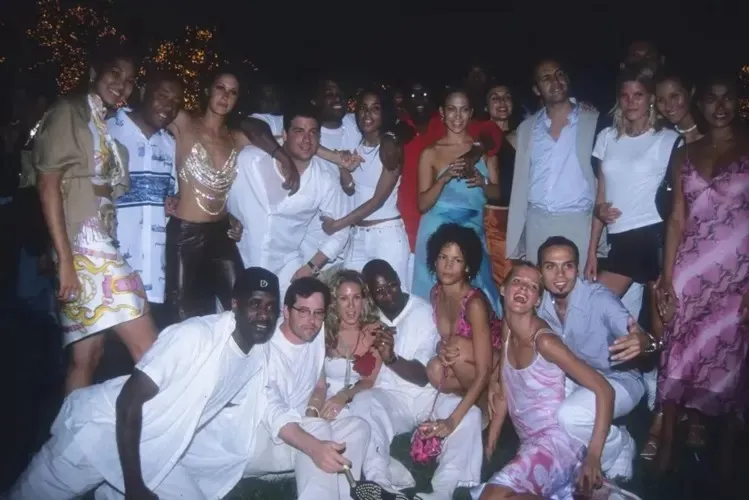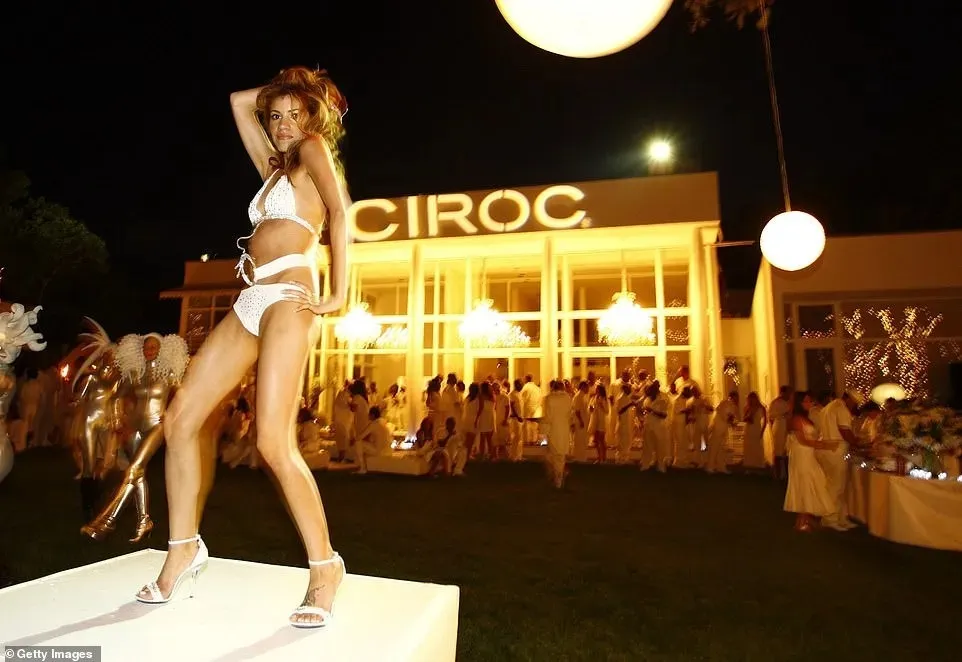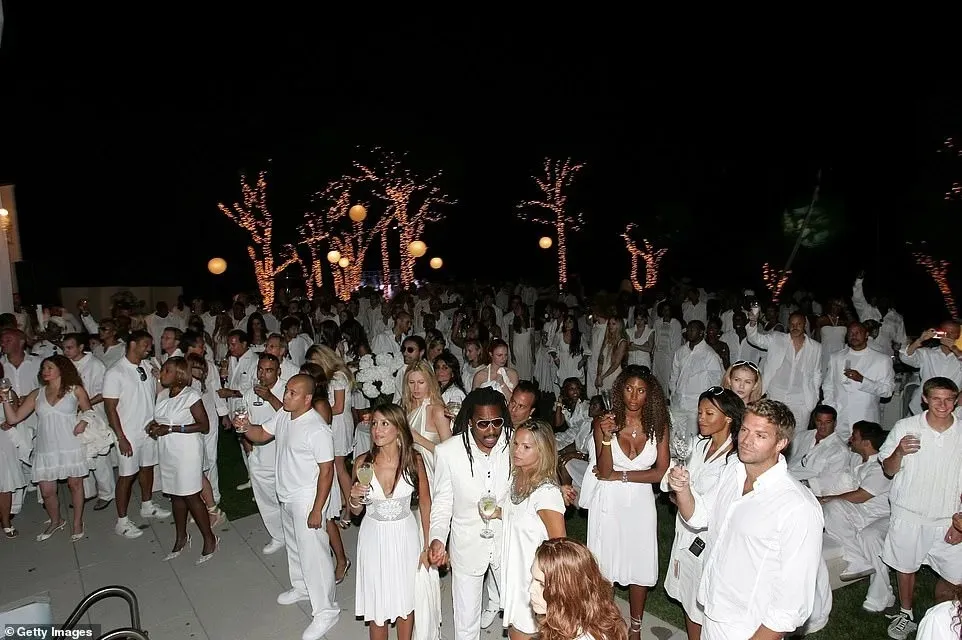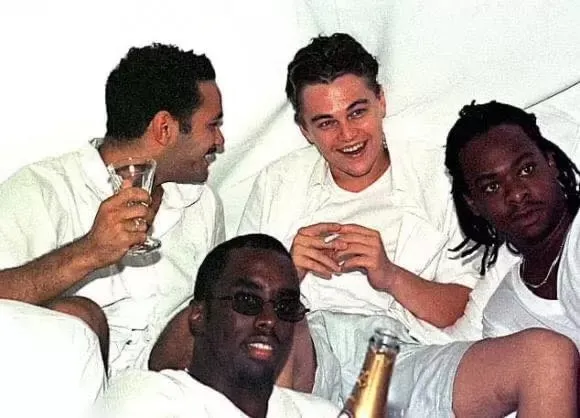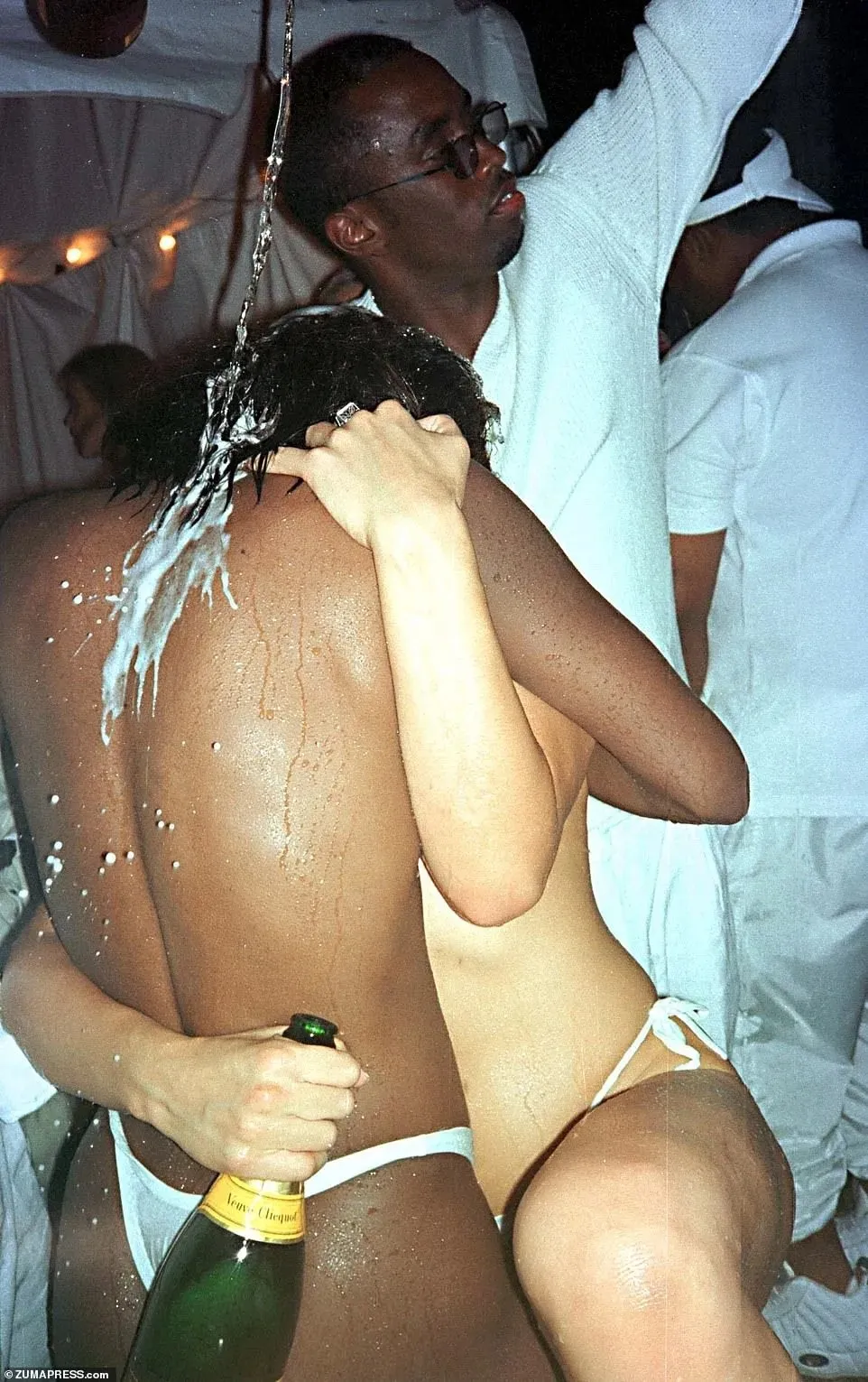Inside Diddy’s Infamous “White Parties”: A Dive into a World of Luxury and Excess
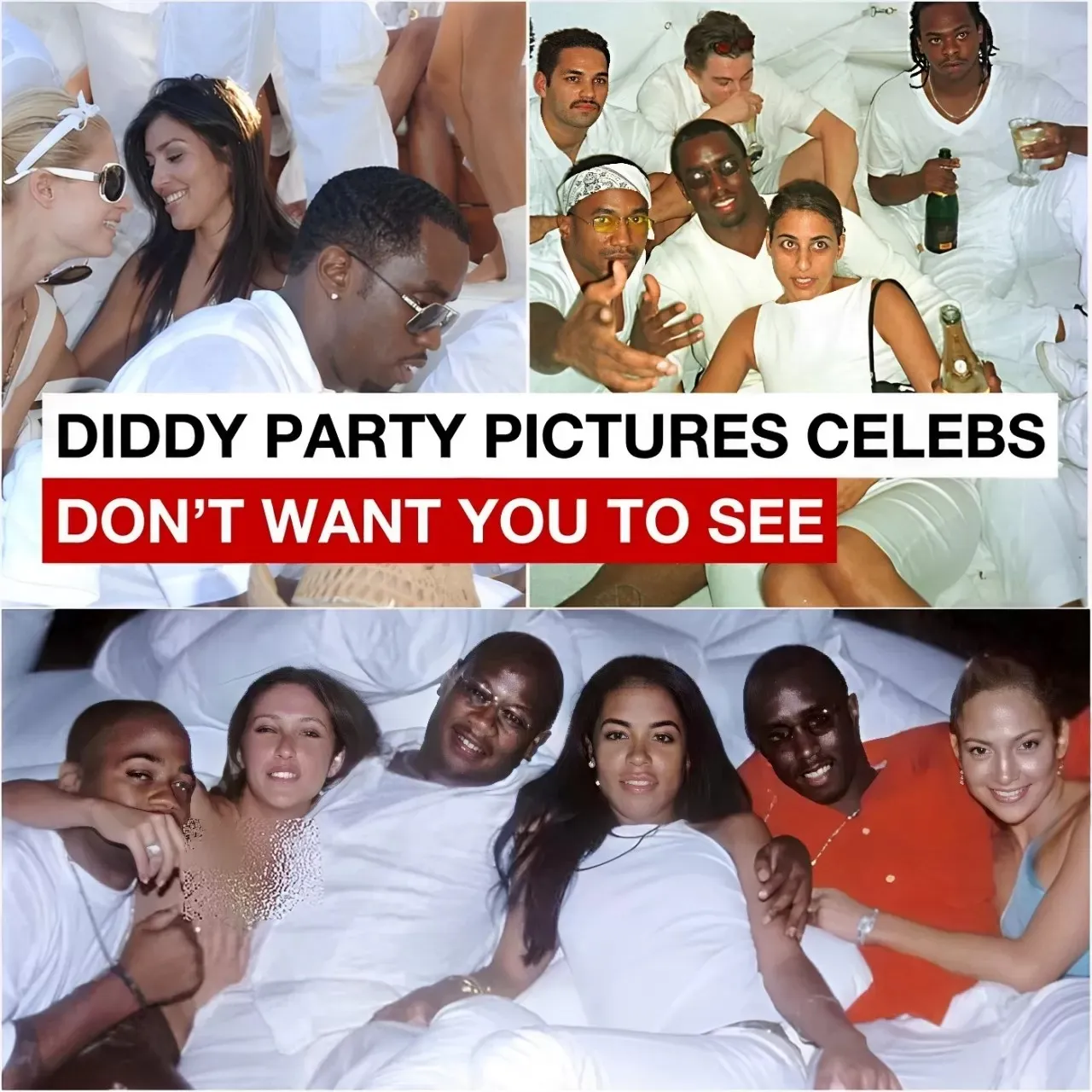
Sean “Diddy” Combs has long been synonymous with extravagance, and his notorious “White Parties” are the pinnacle of his opulent lifestyle. These exclusive gatherings, drenched in luxury and excess, have become legendary for their wild nightlife, star-studded guest lists, and a mix of elegance and indulgence that pushes the boundaries of decency.
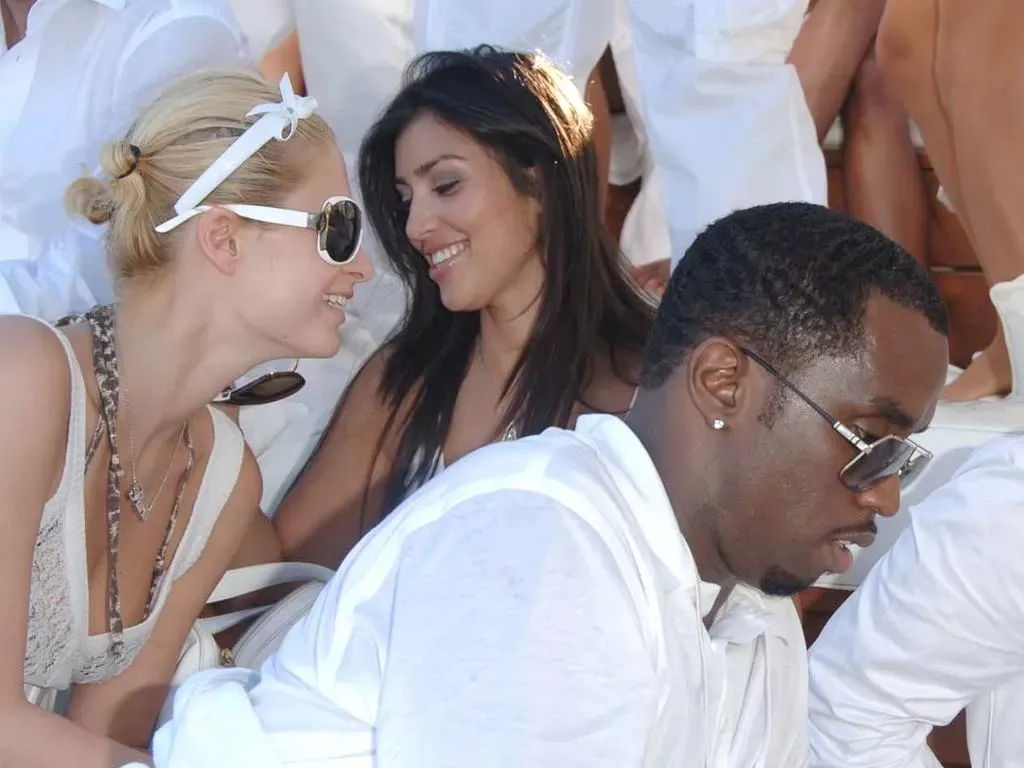
From rampant drug use to provocatively dressed attendees, Diddy’s parties have sparked both fascination and criticism, raising concerns about fame and the allure of excess in modern celebrity culture.

Every summer, Diddy transforms his sprawling estate into a lavish playground, draped in white decor, where A-list celebrities, models, and influencers are invited to revel in a night of indulgence. The dress code: strictly all white, creating an atmosphere of sophistication that masks the hedonism within. However, beneath the pristine exterior lies a darker truth. Reports have surfaced of open drug use, with partygoers engaging in substance abuse with little discretion. This shocking behavior reflects a troubling trend within Hollywood, where pleasure often takes precedence over responsibility.

At the heart of these events are the extravagant amenities that Diddy spares no expense in providing. Guests are treated to luxurious pools, gourmet catering, and live performances from top artists. Yet, the sight of topless women frolicking in the pools speaks to the unchecked excess that defines these parties. This hyper-sexualized environment has fueled debates about the objectification of women in entertainment, with critics arguing that these events perpetuate harmful stereotypes and contribute to a culture of normalization, especially among young, impressionable audiences.
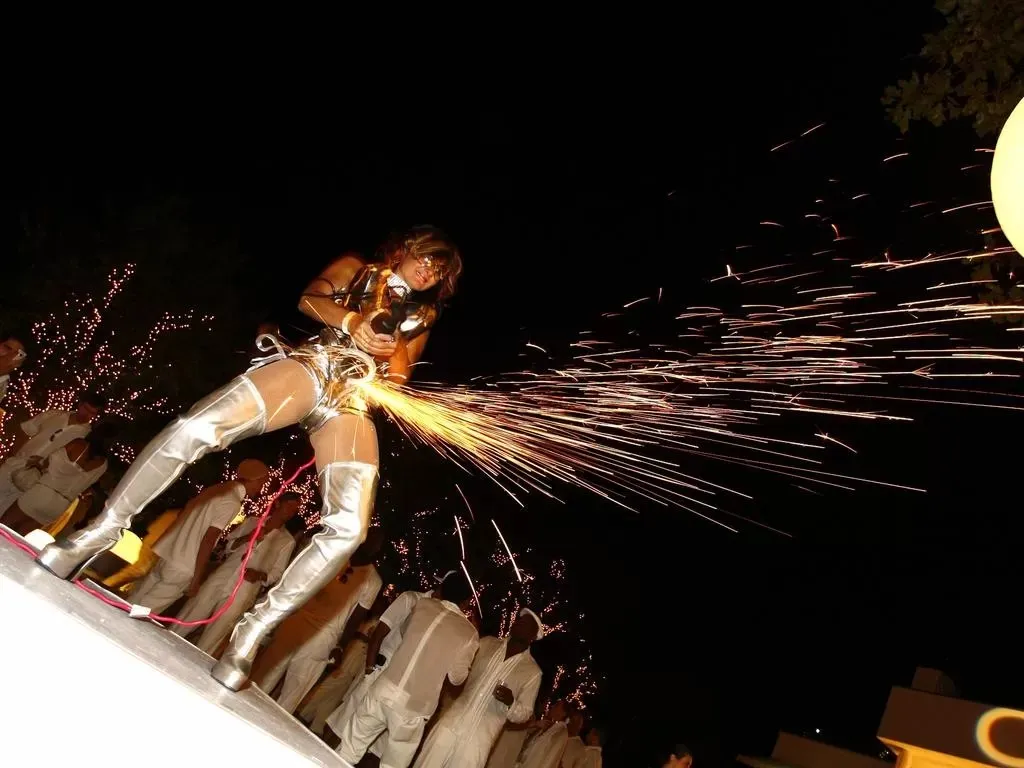
Models, as expected, are always a fixture at Diddy’s lavish White Parties, further elevating the allure of exclusivity and beauty. But the controversy doesn’t stop there. Diddy’s casual remarks to children present at these parties—suggesting they’ll want to attend one day—have sparked outrage among parents and advocacy groups. This statement seems to glamorize a lifestyle of indulgence, implying that the wild hedonism on display is something to aspire to. In a world grappling with issues of drug use, consent, and the influence of celebrity culture, Diddy’s parties highlight the problematic nature of glamorizing such excess.
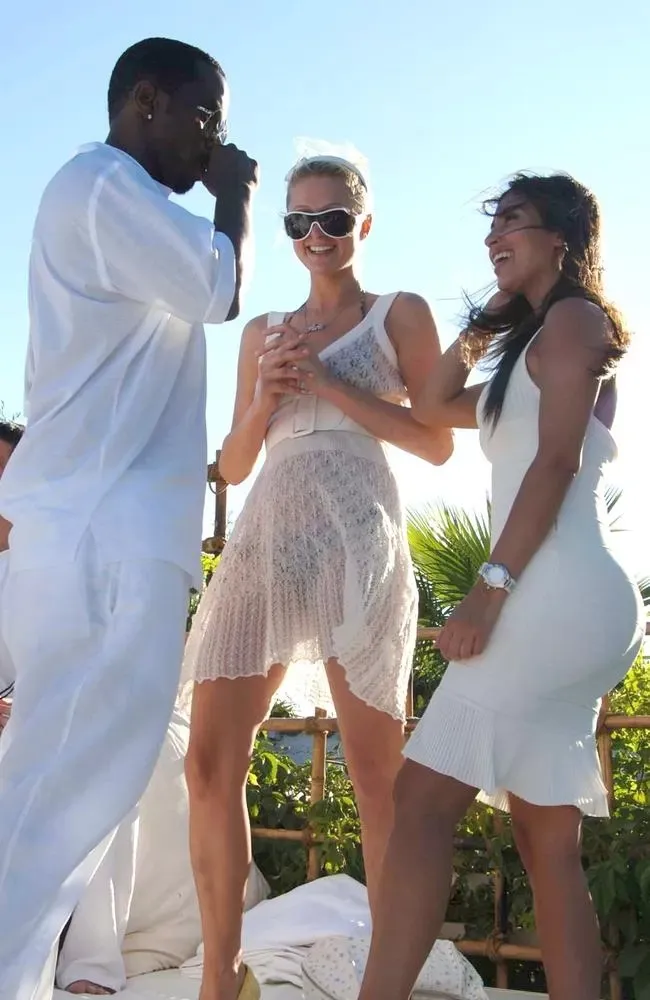
Despite the controversies, Diddy’s “White Parties” continue to captivate attention, attracting those eager to experience this exclusive world. Social media feeds light up with images from these events, showcasing the glamour and prestige of being among the elite. However, the spectacle often obscures the darker realities, leaving many to question the impact of these gatherings on societal values.
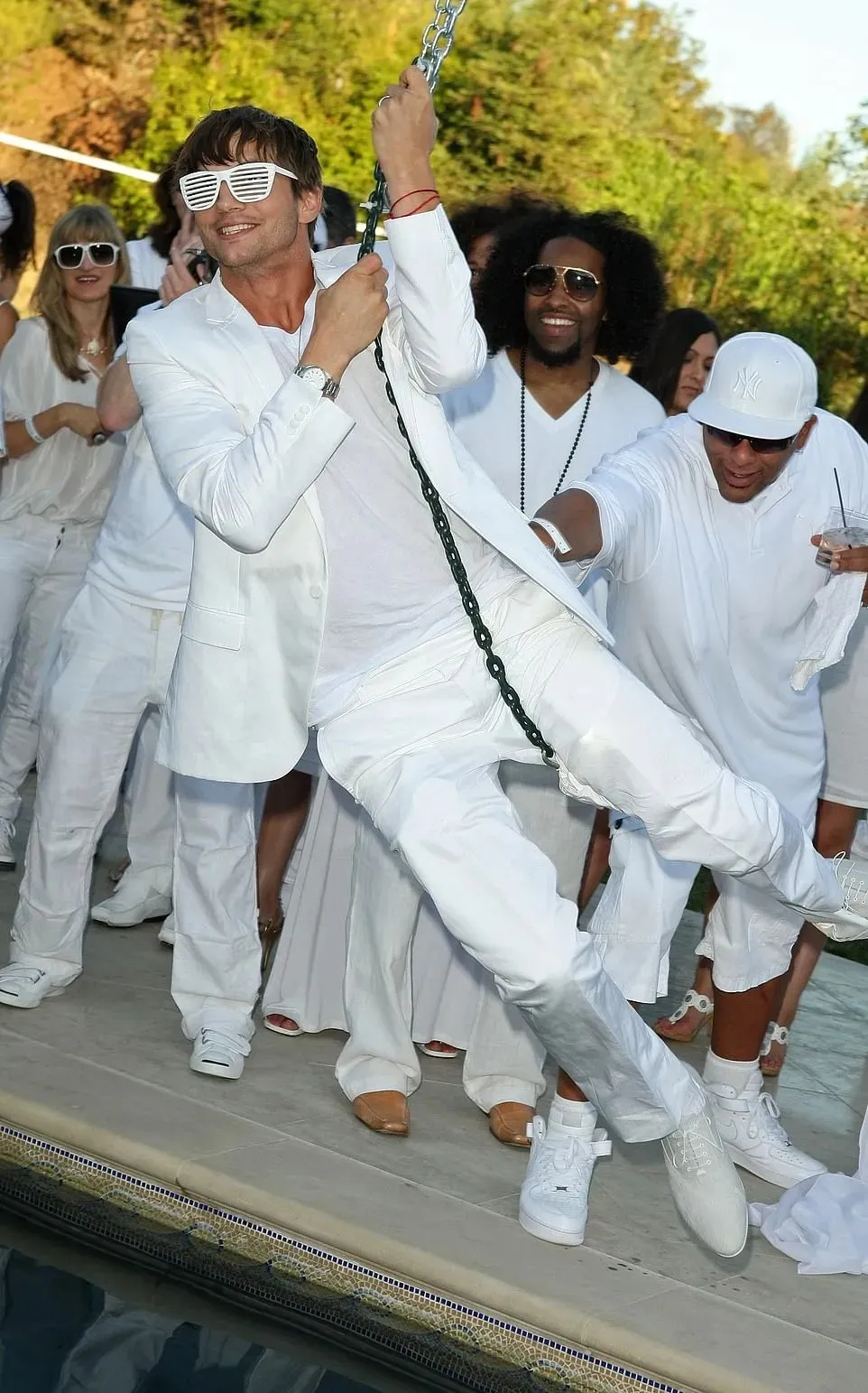
In conclusion, Diddy’s “White Parties” offer a window into a world where luxury knows no limits. While they’re celebrated as iconic moments in celebrity culture, the darker undertones of drug use and sexual objectification cannot be overlooked. As society becomes more conscious of fame and its influence, it’s important to reflect on the messages these lavish lifestyles send to future generations. In the end, Diddy’s infamous gatherings serve as both a celebration of decadence and a cautionary tale about the dangers of unchecked excess.
